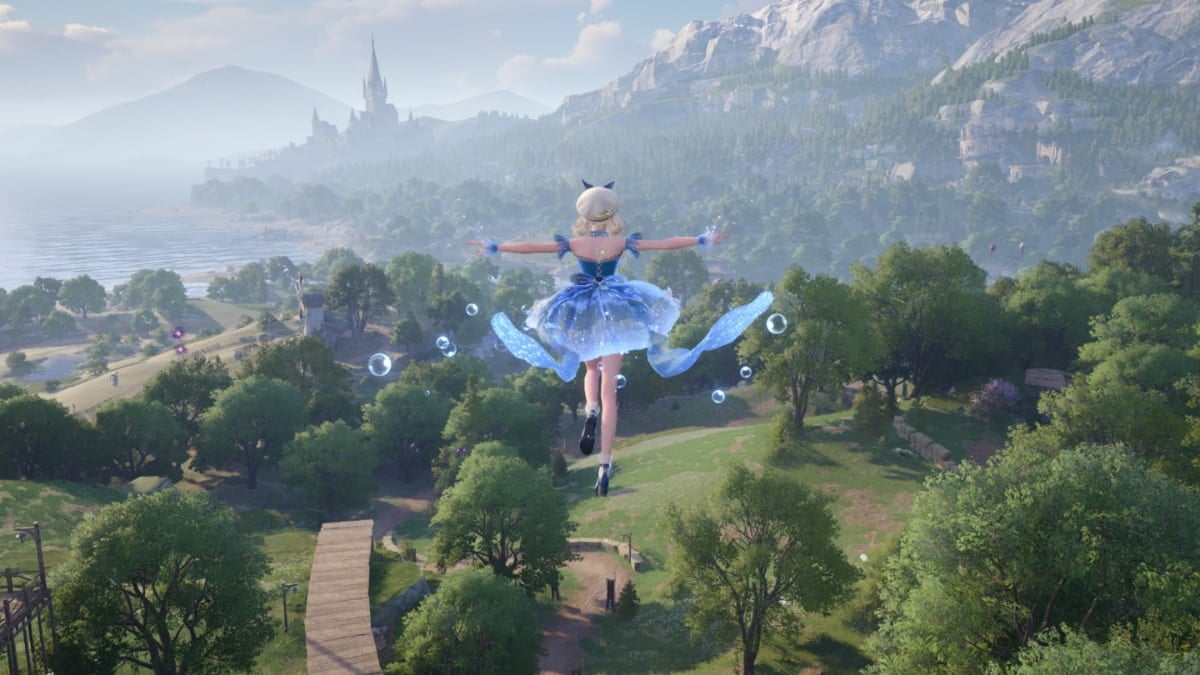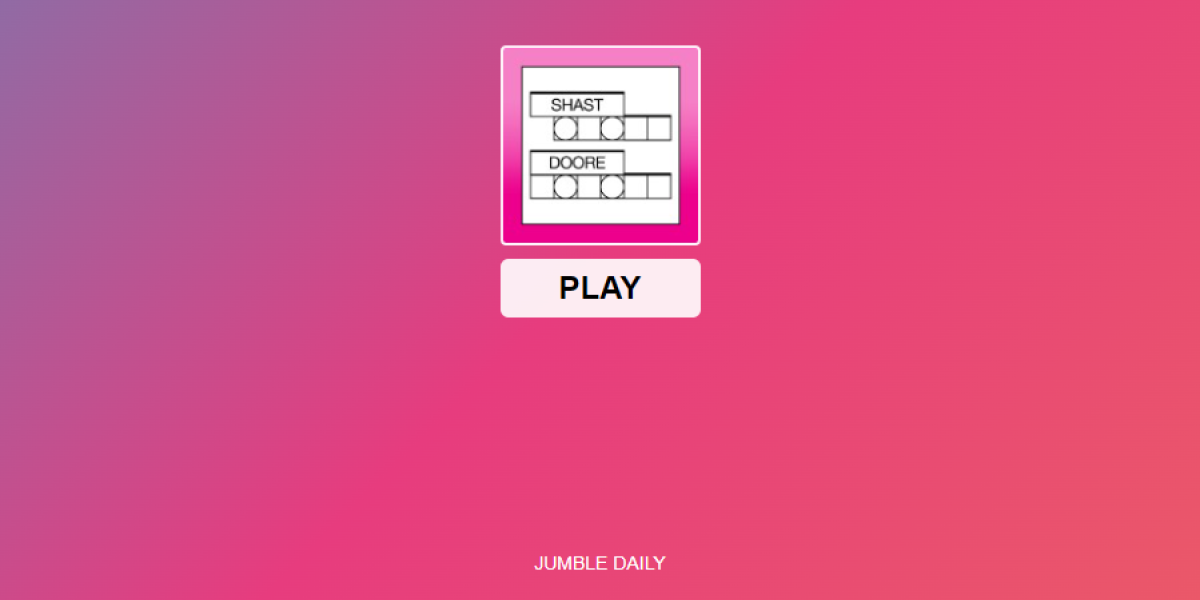North American Dota isn’t good enough. Watching a recent tournament, the Fallout Gaming Major All Stars North American qualifier, I was struck by its resemblance to a local theater production of Cats. Everyone’s filling their role, but the performance is sluggish. The actors seem resigned to their glass ceiling: local fame and meager trappings.
Seriously. Watch more than 10 minutes and you’ll see more misfires and self-inflicted wounds than a shooting range with free beer.
The shining stars of North American Dota only accentuate the gap between the haves and the have-nots. Evil Geniuses’ roster, 80 percent North American, made more money finishing fourth at the Summit 2 than the next four top earning North American teams made over months of thankless, inconsequential competition.
Meanwhile, at the Dota 2 Asia Championships, four European sides totaled about $382,000 in winnings. This translates to 65 percent of the total money ever earned by all North American and Canadian players, excluding Evil Geniuses and Cloud9. Ten Chinese teams easily earned more than the total career earnings of that same group.
Like any wealth gap, the problem isn’t going to fix itself. North America’s weakness translates to fewer spots at major tournaments. And with a gulf of talent between Evil Geniuses/Cloud9 and the rest of the region, those spots routinely go to the two teams with the biggest trophy cases and most LAN experience.
Without qualifying for major tournaments, small sides like Fire and eHug will never get the experience of a live event. Unable to gain meaningful exposure, sponsorship is sure to remain scarce, and incentives for new players will remain prohibitively low. As long as this continues, North American teams are doomed to live like Bill Murray in Groundhog Day, slowly losing both interest and hope as the characters, events, and outcomes repeat ad infinitum.
Dota’s growth depends on both an injection of players and consistent spectator enthusiasm. Socioeconomically, the ubiquitous Internet access and high median income of North American countries is a boon for Dota. The United States and Canada are hotbeds for new blood and new professional talent (to say nothing of the crowdfunding boon that occurs when North American sides find success).
In order to tap this resource, major tournaments need to start giving out at least one more qualifier spot to the region. With Evil Geniuses and Cloud9 occupying top spots and the same cast of characters (mostly former Team Liquid players) grabbing the leftovers, new blood faces a prohibitive road to sponsorship. By at least matching the number of qualifier spots given to European sides, a window of opportunity opens for promising players hampered by the region’s glass ceiling.
With development of North America in mind, restrictions must be placed on who can compete in the region’s qualifiers. While multinational rosters have become a necessity for teams in both the East and West, the most prudent move for bolstering competition is region-locking based on server latency, not nationality. Lower ping helps ensure more meaningful practice and competition while forcing opportunistic teams looking for an “easy” qualifier route to invest their infrastructure in the region.
The last step in the process is to get North American asses in the seats at LANs. Tournaments must start paying travel expenses for new North American qualifiers to increase sponsor exposure and provide players with meaningful experience. Even one additional qualifier spot at the Dota 2 Asia Championships would have meant significant opportunity for a North American squad to both ingratiate sponsors and garner invaluable experience at the top level. Want proof? Not Today landed two new sponsors from a single appearance at The Summit 2!
Sure, there are plenty of other things that can be done to directly improve the quality of play in North American teams. Structured practice schedules, the guidance of coaches, and longer working hours from everyone involved could all theoretically bring the region to new heights. But unless you plan on visiting team houses individually to enforce these revolutionary ideas, it’s best to leave the details to the folks in charge. Instead, small but significant changes offer hope that the YMCA Rec League that is North American Dota can join the big boys on the stage soon.






Published: Mar 9, 2015 02:20 pm